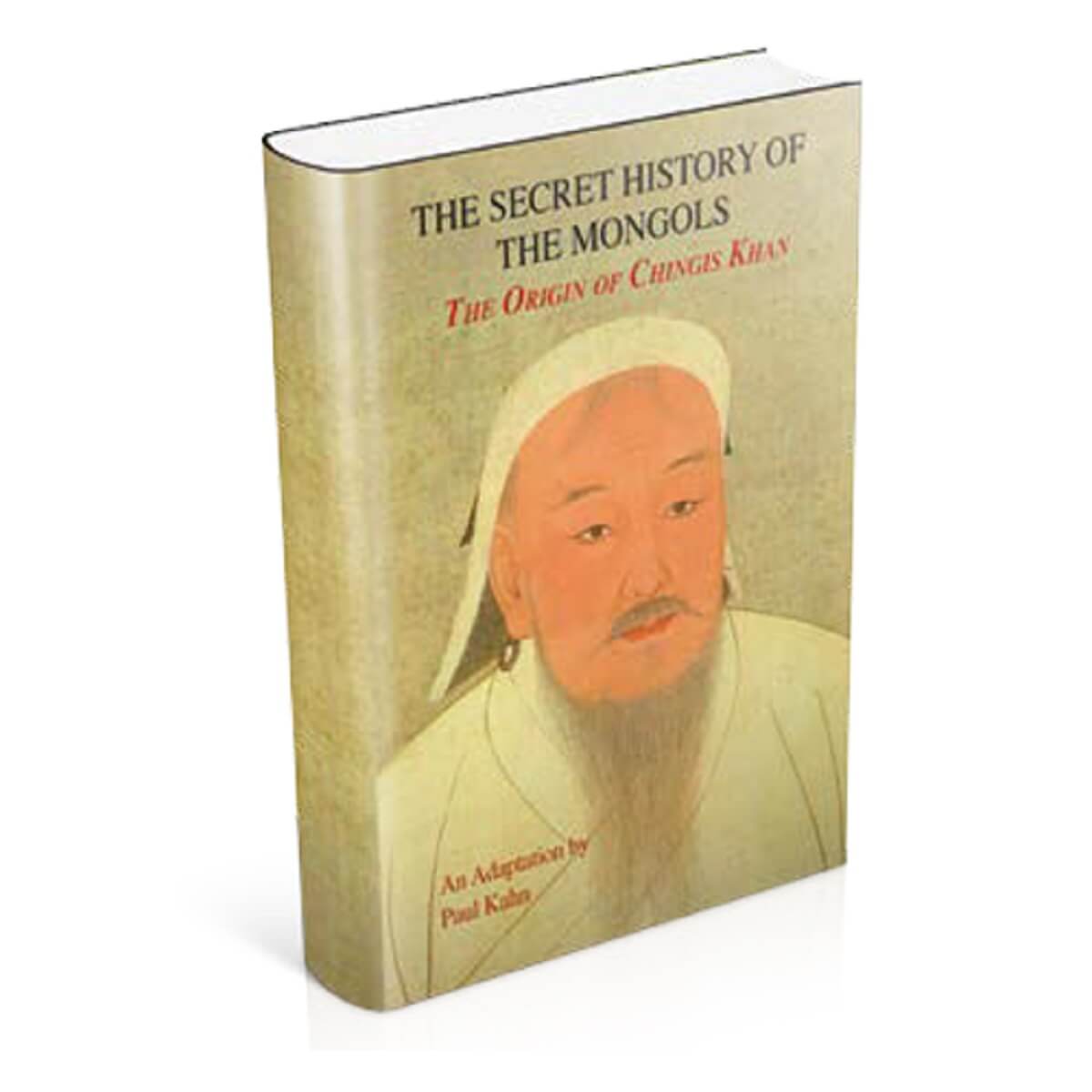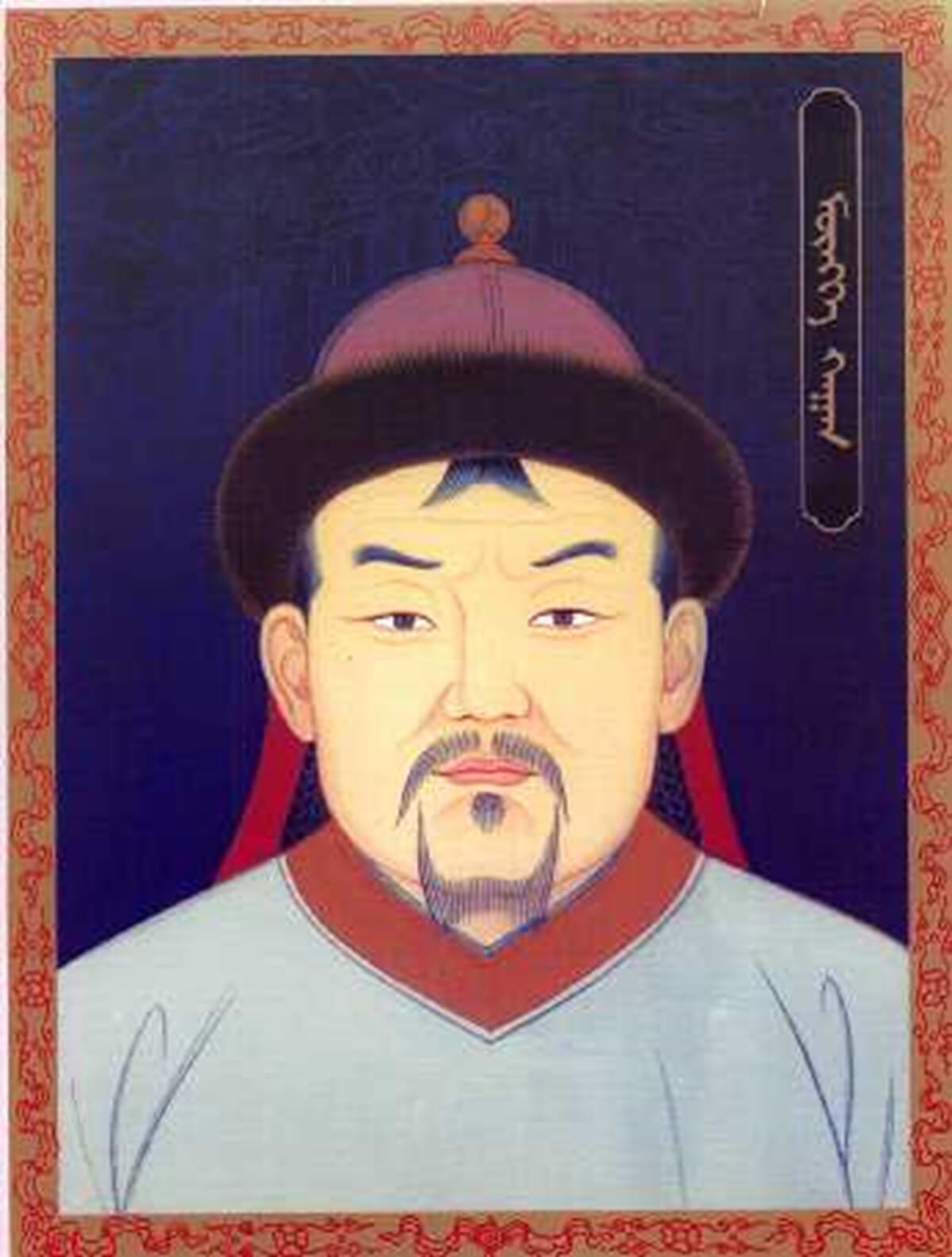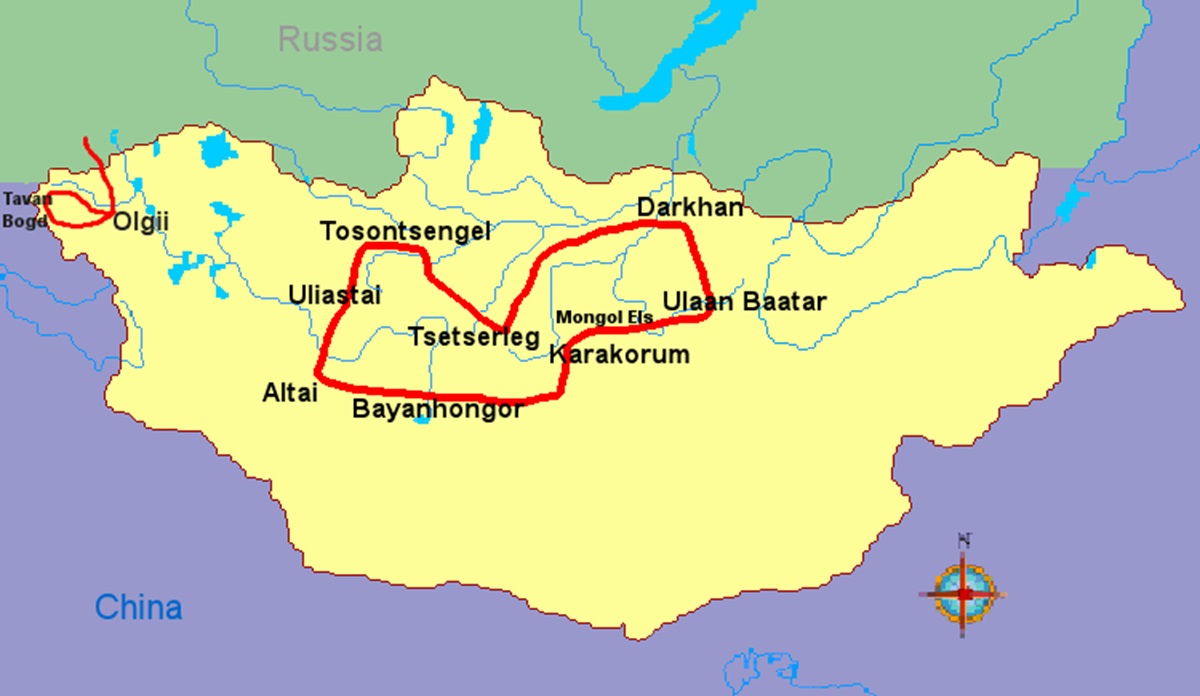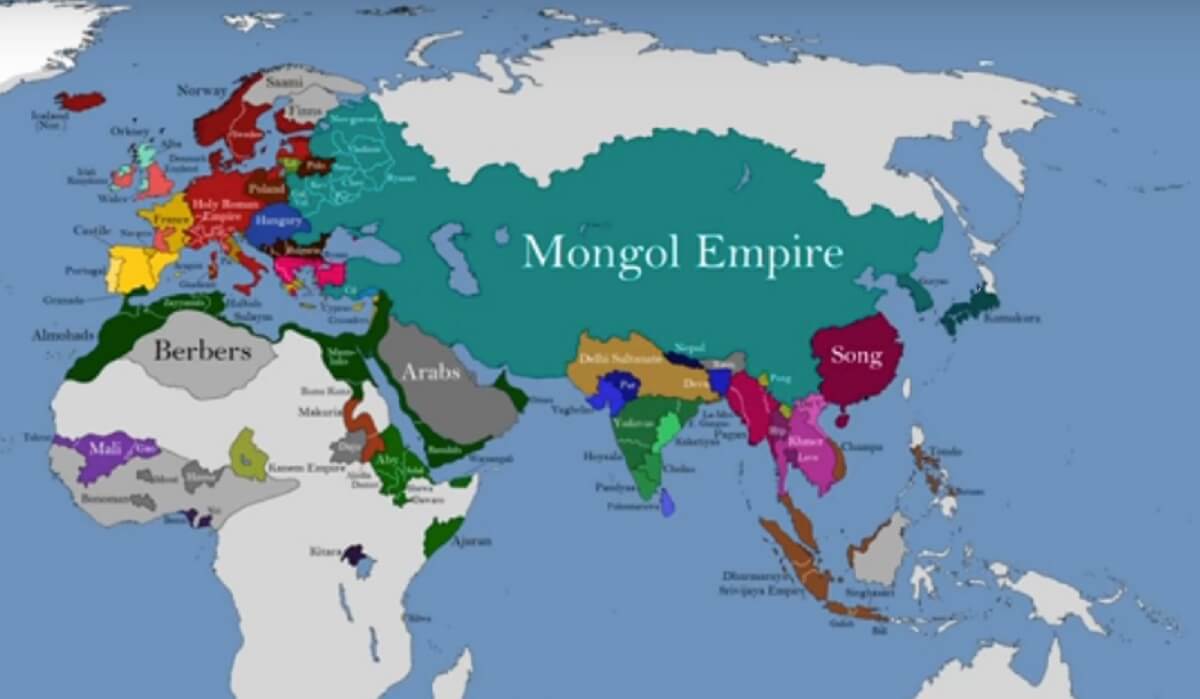Modu Chanyu was a key leader of the Xiongnu Confederacy, a nomadic empire in present-day Mongolia, living from around 234 BC to 174 BC, and known for transforming the Xiongnu into a significant military power. Modu proclaimed himself chanyu after securing loyalty from his followers.
The modu biography is often compared to legendary tales in Central Asian and Turkic traditions, tracing the origins of powerful rulers and empires. Modu began his rise as a leader under his father before taking power.
During his early life, Modu was leader under his father Touman, before seizing the throne and establishing his rule.
Under Modu’s leadership, the Xiongnu became a powerful Xiongnu Empire whose domain reached across vast territories. The empire reached its greatest territorial extent during his reign.
Key Takeaways
- Modu ruled from 209 BCE to 174 BCE Xiongnu Empire
- Modu is credited with successfully unifying the nomadic tribes of the Mongolian-Manchurian grassland.
- Modu Chanyu centralized the government and expanded the Xiongnu territory.
- Modu effectively centralized Xiongnu power, consolidating control over the tribes and establishing a dominant empire.
- Modu commanded a highly disciplined and loyal army.
- He successfully enforced diplomatic relations with the Han dynasty.
- The Hun administrative system influenced later empires such as Genghis Khan’s.
Under Under Modun’s leadership, the Xiongnu adopted a centralized form of government, improved their military tactics, and xiongnu convinced others to support their territorial expansion through conquests and diplomacy.
Among the researchers, there are two dominant opinions: to connect it with the Mongolian word Modun or to explain it with the Mongolian-Turkish word Bagatur.
Historical Context
The rise of the Xiongnu Empire under Modu Chanyu marked a turning point in the history of ancient China and Central Asia. In the late 3rd century BC, the once-mighty Qin Dynasty collapsed, leaving a power vacuum along China’s northern frontier.
This period of instability provided fertile ground for the emergence of powerful nomadic tribes, among which the Xiongnu stood out. Modu Chanyu, also known as Mete Han, seized this opportunity to unite the disparate Xiongnu tribes, forging them into a formidable confederation that would soon challenge the Han Dynasty itself.
The Xiongnu Empire’s formation was not just a response to the internal strife of the Chinese heartland, but also a result of the dynamic interactions between settled agricultural societies and the mobile, horse-riding nomads of Central Asia.
Modu’s leadership was instrumental in transforming the Xiongnu from a loose collection of tribes into a centralized and powerful empire. By effectively centralizing Xiongnu power, Modu laid the foundation for a state that could rival the Han Dynasty, setting the stage for centuries of competition, diplomacy, and cultural exchange between the two great powers of ancient China.


Youth
Young Modu’s early life is unclear, but young Modu resembles legendary heroes in Central Asian folklore, with stories of abandonment, questing, and eventual kingship. However, it is clear that Tumen of the Huns is Shanyu’s eldest son. It is clearly stated in the sources from his youth.
Young Modu is the eldest son of his father, Tumen, and should legitimately inherit the throne, but is taken hostage by his hostile neighbor Yuezhi at the behest of his jealous father. Modu escaped from captivity, demonstrating his resourcefulness and leadership qualities.
After stealing the best horse from them and escaping safely, he found the circle of the masses and became famous.
Although his father did not like it, he followed the crowd and made him the duke. Modu rode at the head of his followers during his rise to power.
It is said that his courage, determination, and resourcefulness became more and more famous from this time. In 209 BCE, he took the throne by killing his father in 209 BCE and many hostile princes. To secure his position, he had to kill Modu’s rivals and eliminate Modu’s opponents, including family members and officials who opposed him.
Challenge
At this time, the Dunhu to the east of the Huns repeatedly sent emissaries to test the young king, seeking an excuse to invade. Modu reacted decisively to this provocation, demonstrating his aggressive leadership.
It is said that Modun himself gathered his strength and prepared for war, and, showing strict discipline, Modu commanded his loyalty-verified warriors. After distracting and weakening the enemy, he suddenly attacked and destroyed the alliance of Donghu province. After this victory, Modu forced the Yuezhi and Wusun to become vassals of the Xiongnu, and the Xiongnu overran rival tribes during these campaigns.
Military Campaigns
Modu Chanyu’s reign is best remembered for his bold and innovative military campaigns, which rapidly expanded the Xiongnu Empire’s influence across northern China and Central Asia.
Under his command, the Xiongnu army became a highly mobile and disciplined force, renowned for its swift cavalry raids and strategic use of the vast steppe terrain.
Modu’s tactics often involved sudden, coordinated attacks that caught his enemies off guard, allowing the Xiongnu to overrun rival nomadic tribes and even penetrate deep into Han territory.
These relentless military campaigns forced the Han Dynasty to recognize the Xiongnu as a serious threat. The Han emperors, including Emperor Gaozu, struggled to contain the Xiongnu incursions and were eventually compelled to negotiate peace by offering tribute and marriage alliances.
Modu’s ability to outmaneuver Han generals and extract concessions from the Han imperial family demonstrated his prowess as a military leader and strategist. The Xiongnu army’s dominance during this era not only secured the empire’s borders but also established the Xiongnu as a major power in the region, shaping the course of Chinese history for generations to come.
The Hun and Han dynasty
In 209, the Chinese People’s Republic of China defeated the Donghu provincial confederation and defeated Dinglin in the north and Yuezhi in the west, establishing Hun supremacy in the plains. During this period, various Xiongnu lords and Xiongnu chieftains submitted to Modu’s authority, consolidating his control over the region.
This year is considered the historical year of the establishment of the Hun Dynasty. It is the historical merit of Modung Shanyu that Mongolian, Turkic, Hamnigan, Iranian, and Tibetan-speaking nomadic peoples of the steppe united for the first time in history to resist the Chinese aggression.
After becoming chanyu, Modu purged rival Xiongnu officials and convinced others to support his rule, further strengthening his position. The Xiongnu Empire domain under Modu’s leadership expanded significantly: the eastern border stretched to the Liao River, the western borders reached the Pamir Mountains, and the northern border extended to Lake Baikal.
The western regions were of great strategic importance, facilitating control over key trade routes and interactions with Central Asia. Some traditions even suggest a genealogical link between Modu and the Magyar royal tribe, connecting him to the ancestors of the Hungarians. Upon leaving Modu, his successor inherited a vast and unified empire, marking a significant transition in steppe history.
Geography and Expansion
The Xiongnu Empire’s rapid expansion under Modu Chanyu was closely tied to its mastery of the vast and varied geography of Central Asia and northern China. From the rolling grasslands of modern-day Mongolia to the rugged frontiers of northern China, the Xiongnu people leveraged their intimate knowledge of the land to launch effective military campaigns and control key strategic points.
The empire’s domain stretched across crucial trade routes, including sections of the Silk Road, enabling the Xiongnu to benefit economically from the flow of goods between East and West.
As the Xiongnu Empire grew, it absorbed or displaced other nomadic tribes, such as the Yuezhi, who were pushed further westward. The expansion of Xiongnu pasture lands not only increased the empire’s wealth and resources but also solidified its position as a dominant force in Central Asia.
Modu’s vision and leadership ensured that the Xiongnu people could adapt to and thrive in diverse environments, from the steppes to the deserts, making the empire a formidable presence in the ancient world.
Sino-Xiongnu Diplomacy
In 200 BCE, according to Chinese sources, the Xiongnu under Modu Chanyu waged a successful campaign against Han China, culminating in the famous Battle of Baideng. During this conflict, a Han general led the defense, but the Xiongnu were adept at raiding Han territory and employing siege tactics.
As the siege intensified, Han reinforcements arrived, turning the tide of the battle. The Xiongnu withdrew after realizing they could not overcome the strengthened Han defenses, leading to a temporary peace. This event marked a significant moment in the broader Chinese campaign against the Xiongnu, reflecting the ongoing military and diplomatic struggle between the Han Chinese and the nomadic empire.
After the Han defeat at Baideng, the Han state, under Liu Bang—the founder of the Han dynasty—recognized the Xiongnu as equals, established the border between the two dynasties with the Great Wall, and agreed to pay a large amount of “gifts” every year.
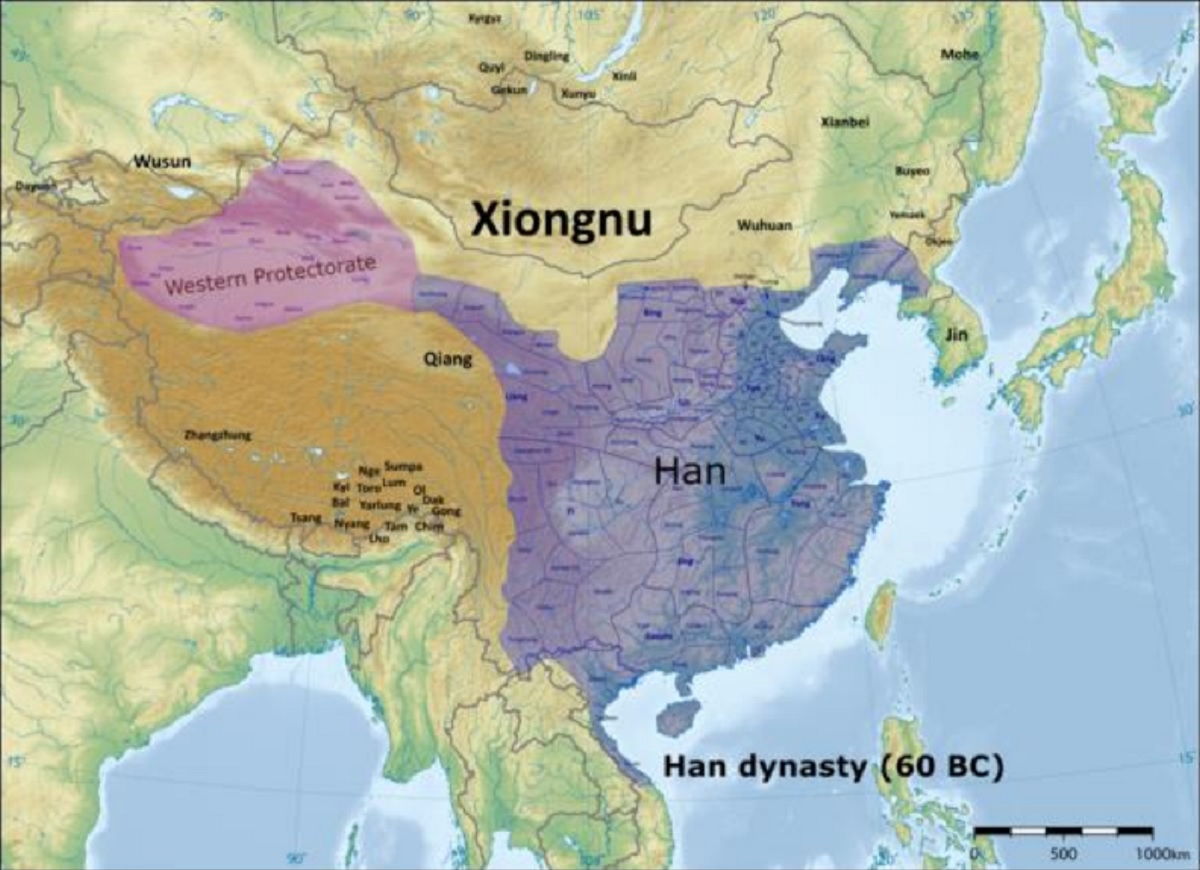
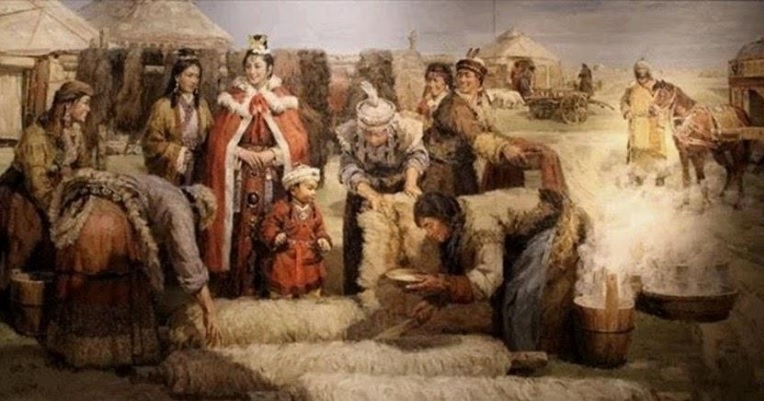
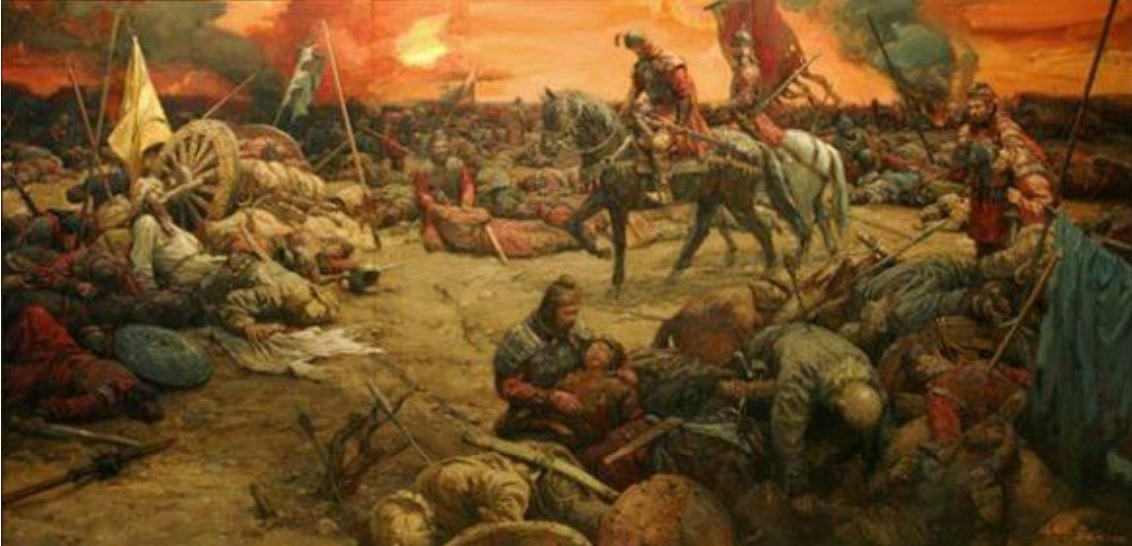



The emperor wanted to secure peace and stability for Han China, and thus adopted the marriage alliance (heqin) strategy, sending royal family members to marry Xiongnu leaders as a diplomatic measure.
This approach was influenced by Ji Bu’s words, who advised the Han court on the strength of the Xiongnu and the need for pragmatic diplomacy. Zhao Li, a notable historical figure, also played a role in the military and political conflicts of this era.
The document establishing this point is called the “Treaty of Peace and Friendship.” It is a historical merit that this nomadic nation was able to be accepted by the proud and arrogant Han dynasty, which was the first to create a pattern of relations—through marriage alliances, tribute, and treaties—that would be repeated many times over the next few centuries.
Later generations viewed these events as foundational to the development of Han Chinese identity and the shaping of imperial diplomacy.
The historical document that proves that the nomadic nation is an appendage of China’s history, and that a small number of them are not citizens, but an independent, independent world with its own culture and traditions, is the Heqin or “Treaty of Peace and Friendship” of 1988.
When the Hun and Chinese emperors exchanged official letters, Modun Chanyu began his letter to the Emperor of Han with the words, “Heavenly, the Great Shanyu of the Huns pays homage to the peace of Huangdi.”
When the Han emperor sent letters to the Shanyu of the Huns, he began by saying, “Huandi seeks peace and respects the great Shanyu of the Huns.”
This shows that the Hun Dynasty and the Western Han State really had equal and fair relations through official diplomatic relations.
The roots of these conflicts can be traced back to the civil war that erupted after the Qin quickly fell, following the death of the first emperor.
Meng Tian, a Qin general, had previously campaigned against the Xiongnu, leading to the loss of their pasture lands and prompting Modu Chanyu to unify the Xiongnu tribes. As Han China emerged from the chaos, diplomatic missions such as those led by Zhang Qian expanded Han knowledge of Central Asia and influenced Han-Xiongnu relations for generations.
Hun and Mongolian nations
Modun divided his country into three arms, which were divided into multiples, thousands, hundreds, and tens.
The horizontal system of transfer of power from brothers to brothers and uncles to cousins has been followed by many generations of descendants since Modun’s time. After Modu died, he was succeeded by his son Laoshang Chanyu, marking a significant transition in leadership.
Modun’s administrative organization was a magnificent structure that stood firm for hundreds of years. In Turkic tradition, Modu is also revered as Mete Khan, a legendary figure who is credited with successfully unifying the tribes and whose legacy is celebrated in national monuments and by the Turkish Land Forces.
Later, when Genghis Khan established his state, he followed the Hun administrative system without significant changes, which shows the great historical tradition as well as the fact that the Hun and Mongolian nations are related in origin.
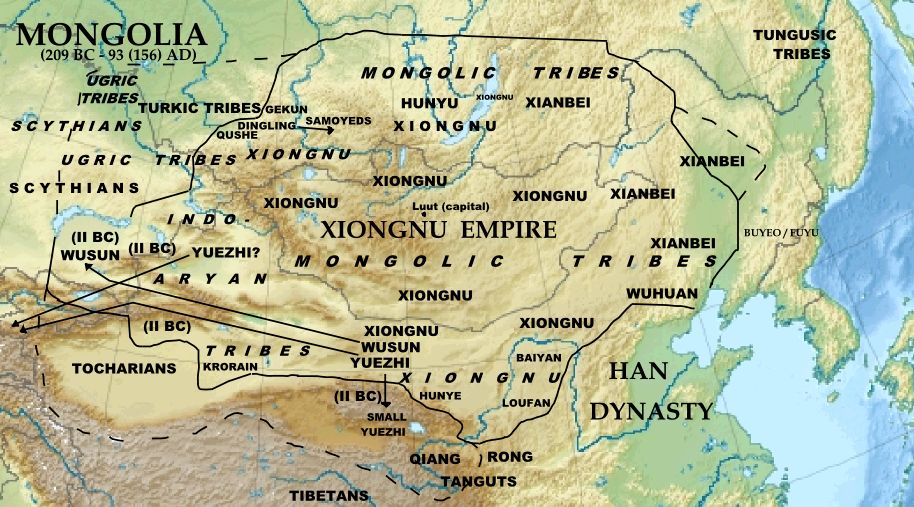
Conclusion and Final Thoughts
Modu Chanyu’s legacy as the founder of the Xiongnu Empire endures as a testament to the power of visionary leadership and strategic acumen in shaping the destiny of nations. Through his military campaigns and diplomatic initiatives, Modu transformed the Xiongnu from a collection of nomadic tribes into a centralized empire that rivaled the Han Dynasty and left a lasting mark on Chinese history. The Xiongnu Empire’s influence extended far beyond its borders, impacting the development of modern-day Mongolia, China, and Central Asia.
The story of Modu Chanyu and the Xiongnu people highlights the complex interplay between nomadic and settled societies in ancient China, as well as the enduring significance of the steppe empires in the region’s cultural and economic evolution. Today, the legacy of the Xiongnu Empire can be seen in the traditions, languages, and historical consciousness of the peoples of Central Asia. Modu’s achievements remind us of the importance of unity, adaptability, and strategic vision in overcoming challenges and shaping the course of history.
